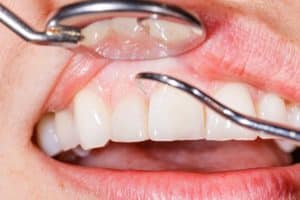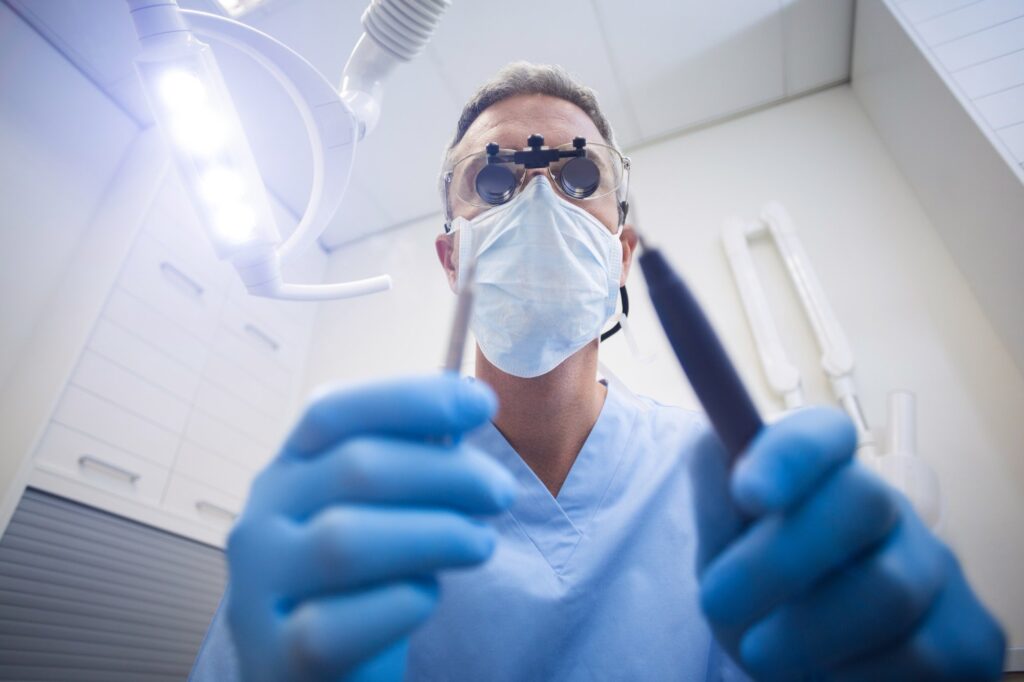Imagine leaning in for a hug, a whisper, or a kiss, only to be met with a recoiling gesture. The culprit? Bad breath. Medically termed as Halitosis, this unwelcome oral malady can be both embarrassing and isolating. But fret not! With the right knowledge and tools, bad breath can be banished, allowing you to get close with confidence. In this extensive guide, we’ll explore the causes of bad breath, delve into the world of oral hygiene, and provide actionable steps on how to get rid of bad breath.
Understanding Halitosis: More Than Just Morning Breath
While everyone experiences transient bad breath after a garlic-laden meal or upon waking, chronic bad breath is a different beast altogether. Here’s what you need to know:
- Causes: Halitosis can arise from various sources:
- Food: Onions, garlic, and certain spices can cause temporary bad breath.
- Tobacco Products: Smoking and chewing tobacco can leave a distinct odor.
- Poor Oral Hygiene: Neglected dental care can lead to lingering food particles, resulting in bad breath.
- Dry Mouth: Saliva cleanses the mouth. A dry mouth can cause an accumulation of dead cells, leading to odor.
- Medications: Some medicines can produce bad breath as a side effect.
- Infections: Tooth decay, gum disease, or surgical wounds can cause halitosis.
- Diagnosis: A dentist can help identify the root cause of bad breath. They might ask about your diet, personal habits, and any symptoms you’re experiencing.
Oral Hygiene: The First Line of Defense

The cornerstone of bad breath treatment is impeccable oral hygiene. Here’s a checklist to ensure your mouth remains fresh:
- Brushing: Use a fluoride toothpaste and brush at least twice a day. Don’t forget to brush your tongue too! For more on the benefits of fluoride, check out Casey Dental’s Fluoride Treatment page.
- Flossing: Daily flossing removes food particles and plaque from between the teeth.
- Mouthwash: An antimicrobial mouthwash can offer additional protection against bad breath.
- Dentures: If you wear dentures, ensure they’re removed at night and cleaned thoroughly before being placed in your mouth the next day.
- Regular Check-ups: Visit your dentist regularly for check-ups and dental cleanings. They can spot and treat dental problems that might be causing bad breath.
Beyond Oral Hygiene: Additional Steps to Combat Bad Breath
While maintaining oral hygiene is paramount, there are additional measures you can take:
- Stay Hydrated: Drink plenty of water to prevent dry mouth.
- Chew Sugarless Gum: Chewing stimulates saliva production, which cleanses the mouth.
- Dietary Changes: Avoid foods known to cause bad breath. If you consume them, make sure to brush or rinse your mouth afterward.
- Quit Smoking: If you smoke, quit. Your breath will thank you, and so will your overall health.
- Regular Dental Visits: Regular check-ups with a family dentist can ensure that potential issues are addressed before they escalate.
The Casey Dental Advantage
Your journey to pristine breath is a partnership. And who better to team up with than the experts?
- Deep Dive Diagnostics: At Casey Dental, the focus isn’t just on surface symptoms. They delve deep, identifying underlying issues that might be the stealthy sources of persistent bad breath.
- Personalized Action Plans: Receive bespoke treatment plans tailored to your unique oral landscape, ensuring every potential issue is addressed.
The Gut-Breath Nexus
Your mouth isn’t the only player in the game of fresh breath. Your gut plays a surprisingly pivotal role:
- Balancing Bacterial Flora: An imbalance in gut bacteria can lead to digestive issues, which can manifest as halitosis. Consider incorporating probiotics into your diet to restore this balance.
- Addressing Digestive Disorders: If you suffer from conditions like GERD, it’s essential to address them. These disorders can cause stomach acids to enter the mouth, leading to bad breath.
In a Nutshell: Achieving and maintaining pristine breath is a blend of daily habits, expert guidance, and a holistic approach. With the right strategies and a partnership with Casey Dental, the dream of perpetually fresh breath is well within reach.
Seeking Professional Help
If, despite your best efforts, bad breath persists, it might be time to consult a professional. A local dentist, like the experts at Casey Dental, can provide a thorough examination, identify underlying issues, and recommend appropriate treatments.
The Financial Aspect: Navigating Dental Insurance
Concerned about the costs associated with dental visits and treatments? Dental insurance can come to the rescue:
- Coverage: Most dental insurance plans cover routine check-ups, cleanings, and even specific treatments. Dive into Casey Dental’s Insurance page for a detailed overview.
- Peace of Mind: With insurance, you can prioritize your dental health without undue financial stress.
Physiologic vs. Pathologic Halitosis: Unraveling the Mystery
When it comes to bad breath, or halitosis, not all types are created equal. Two terms that often emerge in discussions around this topic are Physiologic Halitosis and Pathologic Halitosis. But what do they mean, and how do they differ? Let’s break it down.
Physiologic Halitosis
- Origin: This form of bad breath arises from natural processes in the body. It’s the type of morning breath most people experience upon waking.
- Causes: Factors like a dry mouth (often due to reduced saliva production during sleep), fasting, or consuming certain foods can lead to physiologic halitosis.
- Treatment: Typically, physiologic halitosis is transient and can be easily addressed with routine oral hygiene practices like brushing, flossing, and rinsing.
Pathologic Halitosis

- Origin: This type of bad breath is a result of specific health issues, either within the mouth or elsewhere in the body.
- Causes: Dental problems like cavities, gum disease, or infections can lead to pathologic halitosis. Additionally, certain systemic diseases, including respiratory or gastrointestinal conditions, can manifest as bad breath.
- Treatment: Addressing pathologic halitosis requires identifying and treating its root cause. This might involve dental treatments, medications, or other medical interventions.
In Summary: While both physiologic and pathologic halitosis result in bad breath, their origins, causes, and treatments differ significantly. Understanding these differences is crucial in effectively addressing and managing halitosis.

In Conclusion
Bad breath, while common, doesn’t have to be a permanent fixture in your life. With diligent oral hygiene, mindful habits, and the guidance of a trusted dentist, you can breathe easy, knowing your breath is as fresh as a Pennsylvania morning.For more insights, tips, and advice on oral health and related topics, don’t forget to explore the Casey Dental Blog. Your journey to a fresher, more confident you begins with knowledge and action!






